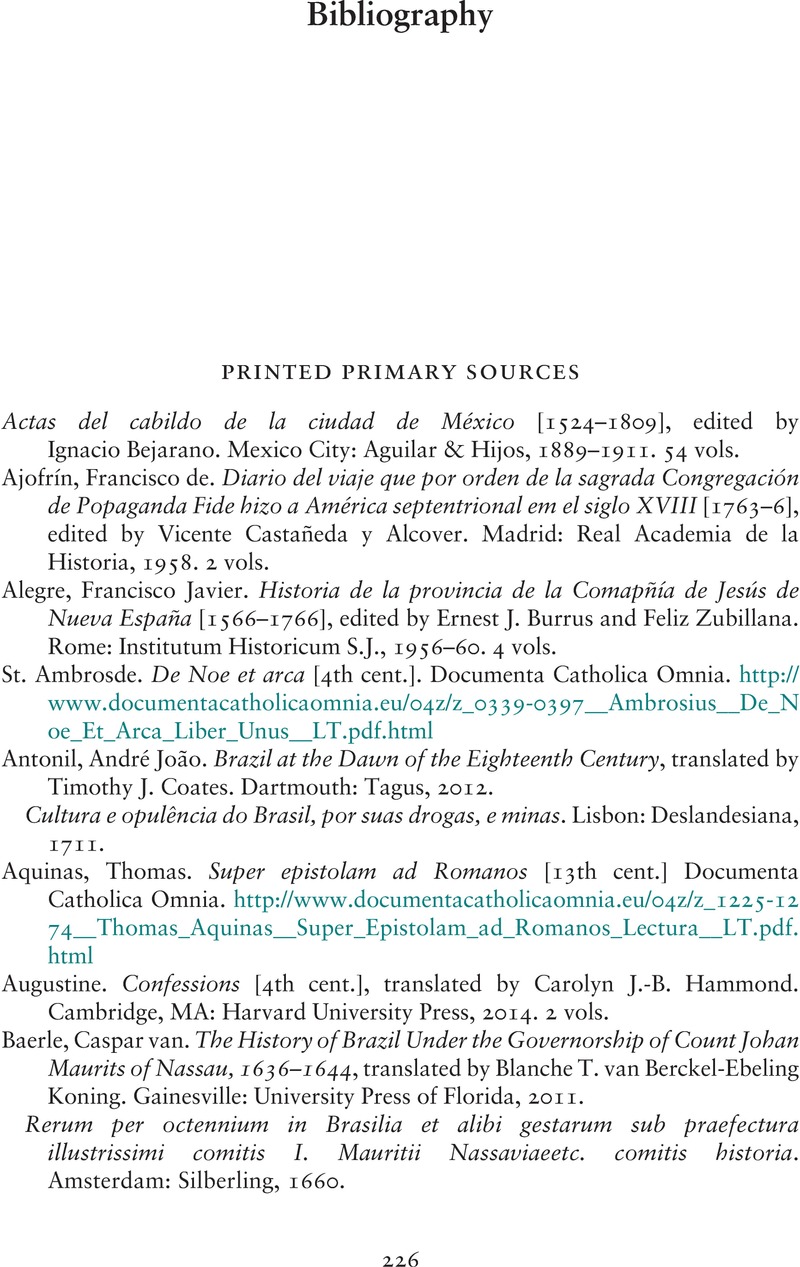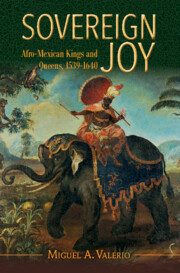Book contents
- Sovereign Joy
- Afro-Latin America
- Sovereign Joy
- Copyright page
- Dedication
- Epigraph
- Contents
- Figures
- Tables
- Preface
- Acknowledgments
- Abbreviations
- Introduction
- 1 “With Their King and Queen”
- 2 “Rebel Black Kings (and Queens)”?
- 3 “Savage Kings” and Baroque Festival Culture
- 4 “Black and Beautiful”
- Conclusion
- Appendix Persons Charged in 1609
- Bibliography
- Index
- References
Bibliography
Published online by Cambridge University Press: 16 June 2022
- Sovereign Joy
- Afro-Latin America
- Sovereign Joy
- Copyright page
- Dedication
- Epigraph
- Contents
- Figures
- Tables
- Preface
- Acknowledgments
- Abbreviations
- Introduction
- 1 “With Their King and Queen”
- 2 “Rebel Black Kings (and Queens)”?
- 3 “Savage Kings” and Baroque Festival Culture
- 4 “Black and Beautiful”
- Conclusion
- Appendix Persons Charged in 1609
- Bibliography
- Index
- References
Summary

- Type
- Chapter
- Information
- Sovereign JoyAfro-Mexican Kings and Queens, 1539-1640, pp. 226 - 252Publisher: Cambridge University PressPrint publication year: 2022



